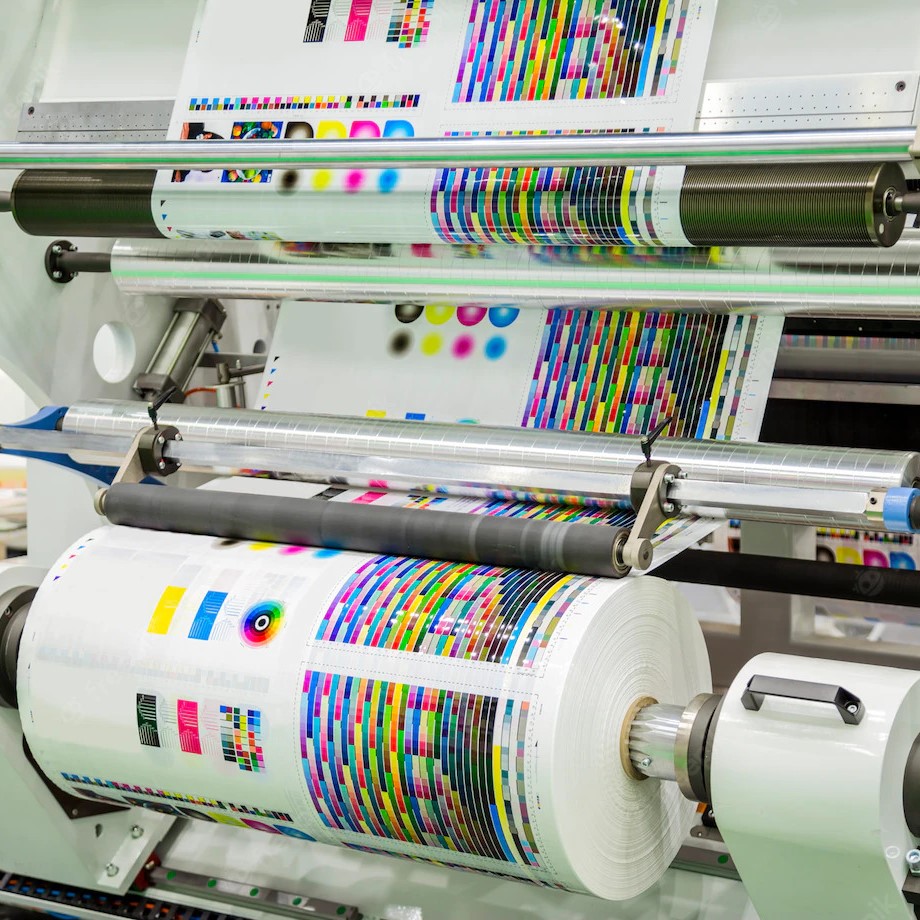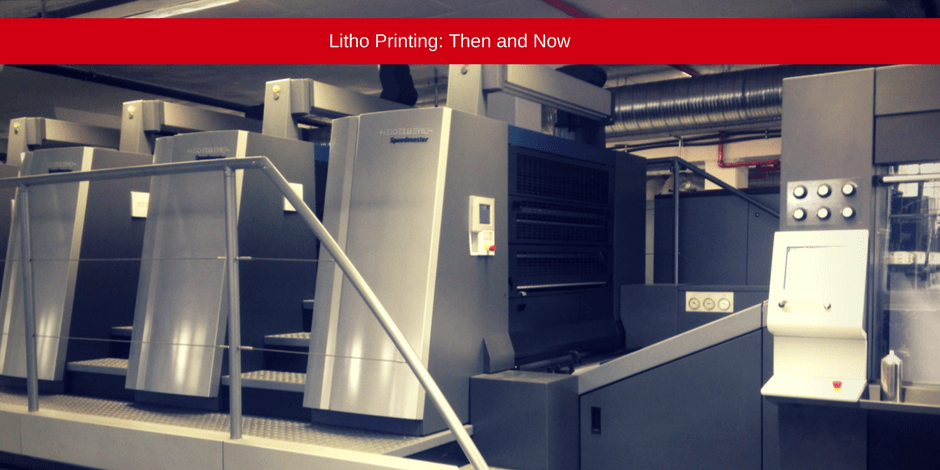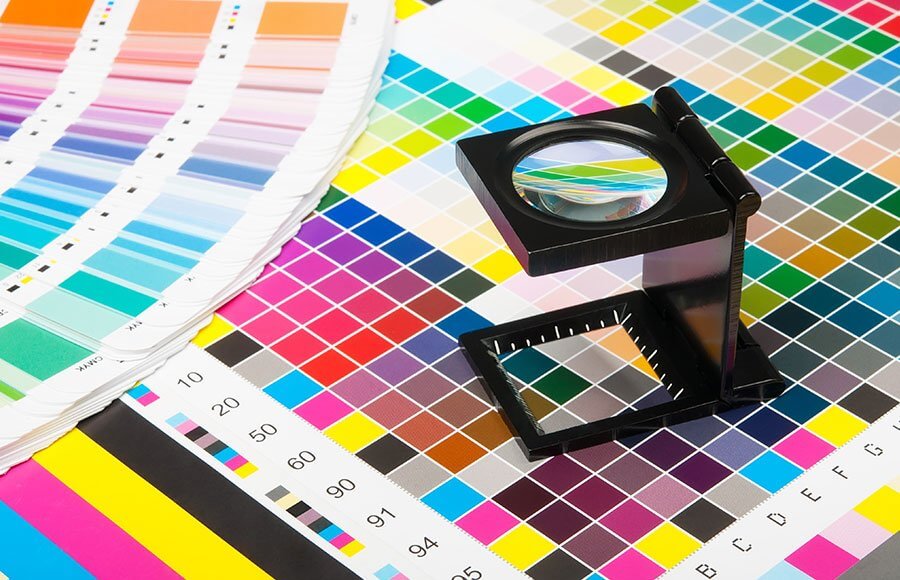litho printing for Catalogs, Leaflets, and Pamphlets
litho printing for Catalogs, Leaflets, and Pamphlets
Blog Article
A Comprehensive Overview to Comprehending Litho Printing Methods
The world of litho printing, a technique originating from the late 18th century, is an interesting blend of background, innovation, scientific research and art. This comprehensive guide will certainly unwind the intricacies of this printing technique, from the structure of litho inks to the challenges encountered in modern-day applications. As we venture into the details of lithography, the value of automation and sustainability in guaranteeing its future relevance becomes significantly clear. Remain with us as we trip right into the fascinating world of litho printing.
The Historical Advancement of Litho Printing
The historical trajectory of litho printing, a pivotal technology in the world of interaction, is a captivating story of human resourcefulness. The procedure progressed with the development of the rotating press, which significantly enhanced performance. Each stage of litho printing's development showcases humankind's ruthless quest of performance and top quality in visual communication.
Decoding the Scientific Research Behind Litho Printing Inks
Moving on in the expedition of litho printing methods, the emphasis currently changes to the science behind litho printing inks. The make-up of these inks, their drying process, and color mixing strategies form the backbone of this intricate art type. Comprehending these elements is vital to mastering the craft and achieving the wanted print outcomes.
Structure of Litho Inks
In lithographic printing, the basic function of litho inks can not be overstated. The structure of litho inks varies depending upon its function, however normally, they include 2 main parts - cars and pigments. Pigments, the color-providing components, are finely ground fragments suspended in the car, a liquid that lugs the pigment onto the printing surface. The automobile is an intricate blend of oils, resins, and solvents, which affect the ink's drying out time, adhesion, and gloss. Furthermore, various additives are existing to enhance specific residential properties like circulation, drying out, and resistance to ecological effects. Each component plays an essential part in the final print's high quality, making the accurate formula of litho inks a detailed scientific research.
Ink Drying Refine
From the composition of litho inks, interest turns to the remarkable process of ink drying out. The drying procedure is vital, as it influences the final print's top quality and long life. Two main methods are utilized in litho printing: oxidative drying out and absorption. Oxidative drying involves the ink reacting with oxygen in the air to create a hard, completely dry film. This approach provides a long lasting surface, however can be slower contrasted to absorption. Absorption, on the other hand, entails the ink leaking into the paper fibers, which is a faster process yet can result in less vibrant shades. The option in between these techniques is dependent upon aspects such as print rate needs, the paper type utilized, and the desired coating.
Shade Combining Techniques
While the drying procedure plays a key function in litho printing, the scientific research of color blending techniques holds equal relevance. The science behind litho printing inks also takes right into account the openness of the ink, which affects exactly how shades overlay and mix.
The Art and Layout Aspects in Litho Printing
Litho printing takes a breath life into art and style with its unique elements. The process entails creating an image on a lithographic limestone plate or metal plate with a smooth surface area. The photo is then printed onto a tool, usually paper, by moving the ink from the plate. What sets litho printing apart is its capacity he said to reproduce complex styles with high integrity, making the result almost identical to the original artwork. This is attained via the use of different line strategies such as hatching, stippling, and cross-hatching, which enable a series of tonal impacts. Litho printing accommodates a range of colors, enabling artists to create dynamic and dynamic prints. This combination of accuracy and flexibility makes litho printing a preferred selection for many artists and designers.
Modern Applications of Litho Printing Methods
Litho printing techniques have discovered extensive usage check this in the modern-day business industry. Its impact and significance proceed to grow with the arrival of brand-new developments and technologies in the area. This section will explore these contemporary applications and the transformative role they play in the printing market.
Industrial Litho Printing Makes Use Of
Litho printing continues to be an important component of the business market. High-volume printing tasks, such as the manufacturing of publications, newspapers, and packaging, count on litho printing for its ability to deliver premium photo high quality and expense performance. Litho printing additionally supplies a wide shade spectrum, premium to that of electronic printing.
Developments in Litho Printing
Pushing the borders of conventional methods, modern-day developments have fueled a host of advancements in litho printing. One prominent advancement is electronic litho printing, which integrates the virtues of digital innovation with litho's high-quality outcome. These advancements highlight the long-lasting significance of litho printing in the contemporary world.
Exploring the Process of Litho Printing: Action by Step

Obstacles and Solutions in Contemporary Litho Printing

In spite of the precision and tradition that litho printing happily promotes, it is not without its collection of modern difficulties. Digital litho printing enables for cost-efficient short runs and simple customization, addressing the concern of variable information. Therefore, while there are challenges, the litho printing sector is proactively adjusting to meet them head-on, guaranteeing its relevance in the future.
Final thought
In final thought, litho printing, with its abundant history and clinical details, holds a significant place in the print industry. The future of litho printing hinges on its capability to adjust to these altering demands, attesting its enduring worth in an advancing market.

Report this page